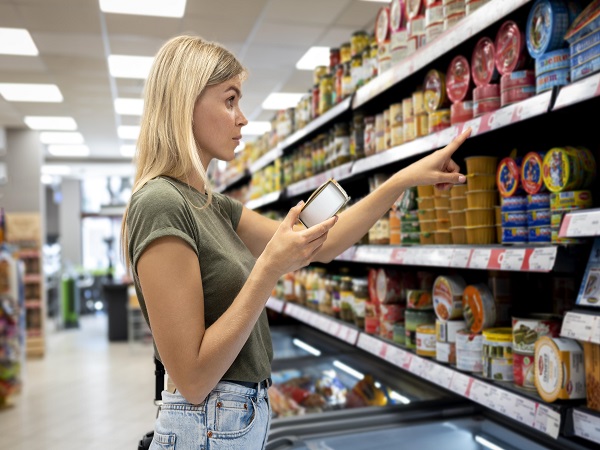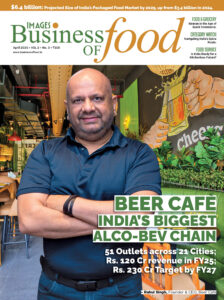The FMCG sector in India grapples with inflation, evolving consumer behaviors, and digital disruptions. The industry’s transformation is propelled by D2C brands, generative AI, and sustainability efforts, influencing consumer choices and advertising. E-commerce beckons both new and established players seeking acquisitions. Generative AI enhances efficiency and personalization, while demographic shifts underscore the importance of sustainability,…




